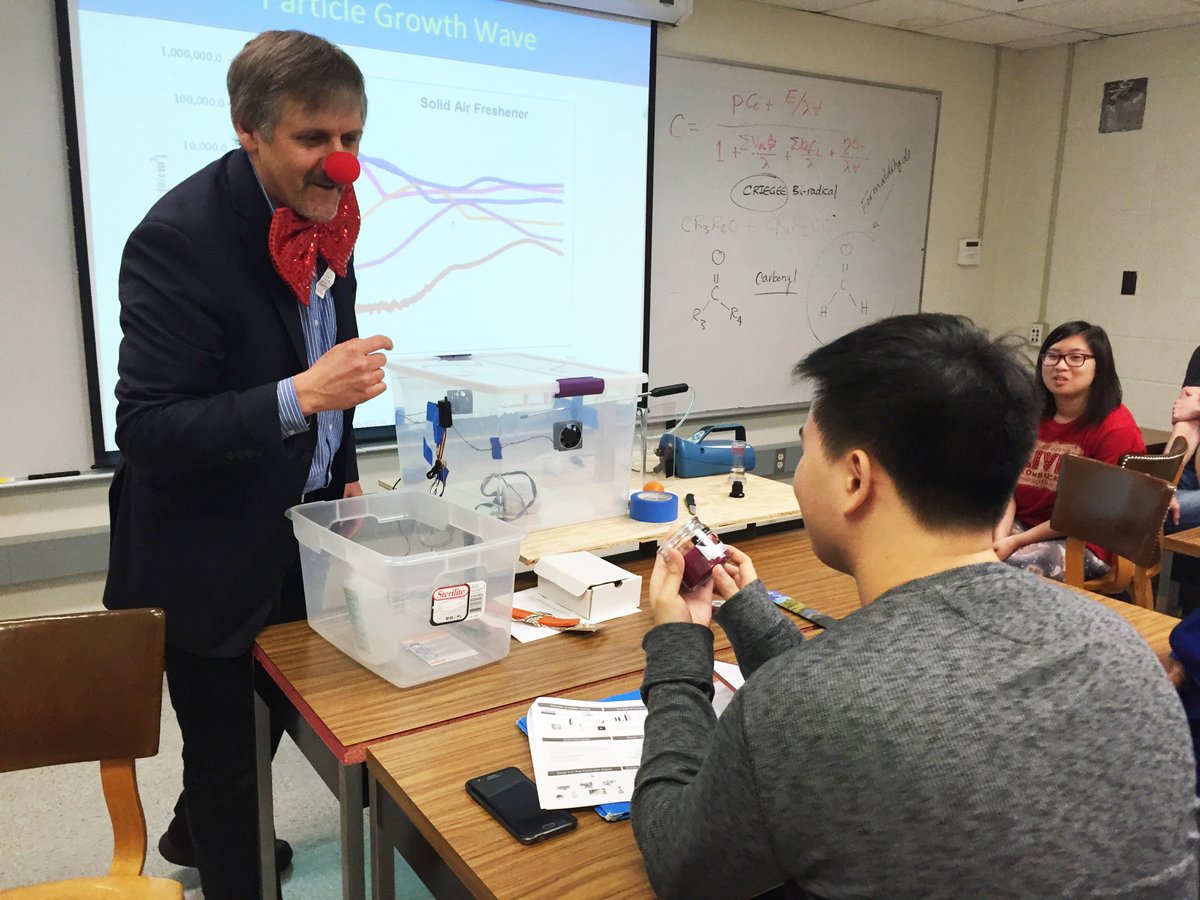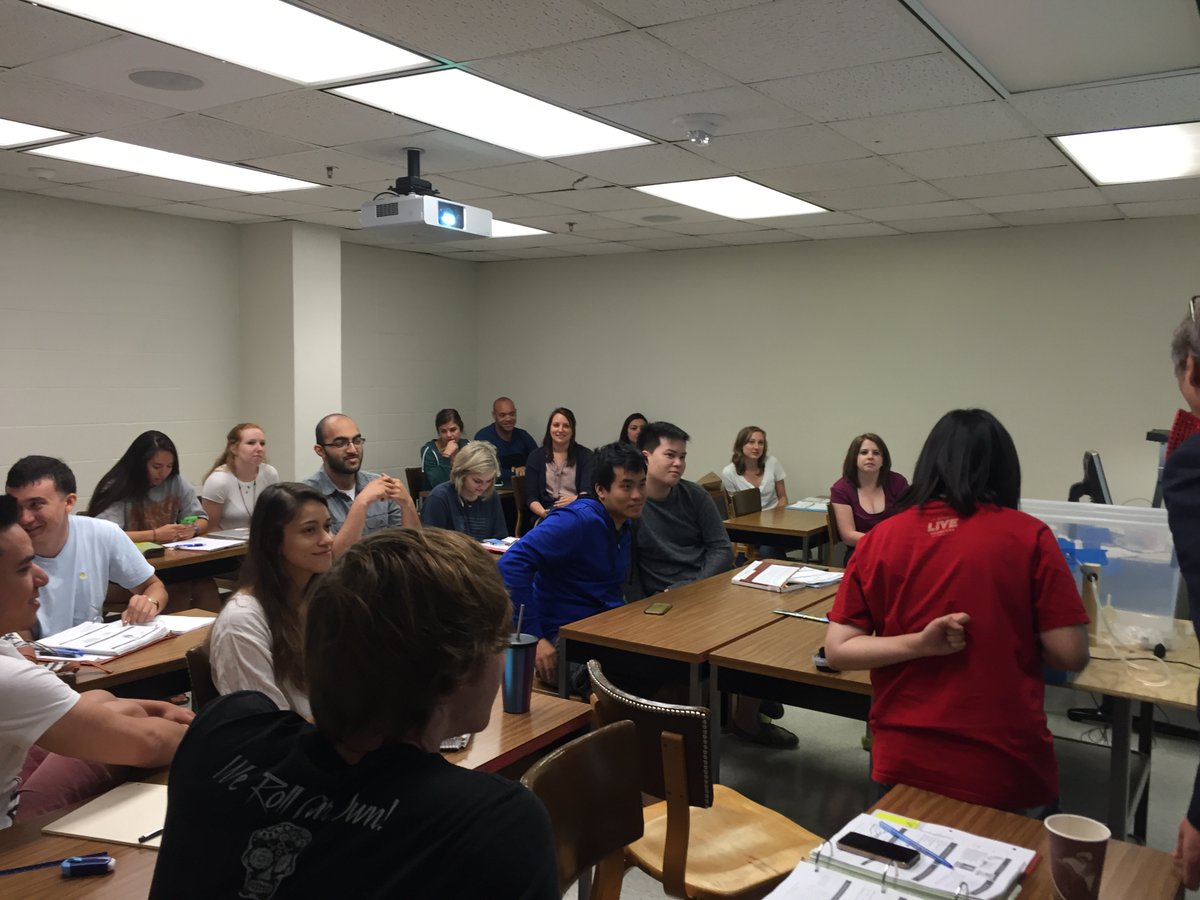
1/
Total US COVID-19 deaths = 385K (400K by end of weekend)
1 of every 855 Americans dead by COVID-19
1 of every 43,600 S. Koreans dead by COVID-19
End of Feb 2020
US deaths = 20
South Korean deaths = 17
By end of Feb 2021 US likely exceeds 500K
S. Korea may exceed 1,400
Total US COVID-19 deaths = 385K (400K by end of weekend)
1 of every 855 Americans dead by COVID-19
1 of every 43,600 S. Koreans dead by COVID-19
End of Feb 2020
US deaths = 20
South Korean deaths = 17
By end of Feb 2021 US likely exceeds 500K
S. Korea may exceed 1,400
2/ Yes, the vaccine will ultimately help. But unless we work relentlessly to starve this virus of its hosts the case and death count will remain out of control until then. And the new variant means that we need to quadruple down on reducing inhalation dose.
3/ Inhaled dose (D) is important in BOTH the near (close) and far fields.
D = C x B x t x f
D = # virus-laden particles deposited (ultimately convert to vol), C = concentration in breathing zone (#/L), B = resp minute volume (L/min), t = time (min), f = fraction deposited.
D = C x B x t x f
D = # virus-laden particles deposited (ultimately convert to vol), C = concentration in breathing zone (#/L), B = resp minute volume (L/min), t = time (min), f = fraction deposited.
4/ Note that D, C and f should be taken as a function of aerosol particle size. For near field, universal mask wearing (reduced C) and physical distancing (reduced C) are both critical, as is reduced t & reduced B (avoiding being around others while doing aerobic exercise, etc.)
5/ For indoor far field, C can be reduced by universal mask wearing, increased ventilation, improved engineering controls for particles, and lower B and t.
6/ Avoid non-essential indoor environments. Wear a mask in essential indoor environments (other than own home with immediate family unless someone is quarantining or isolating). Avoid indoor environments where universal mask wearing is not required and enforced.
7/ Practice sufficient distancing in essential indoor environments other than home (w/ caveats listed above).
If on a bus see whether windows can be opened for cross-flow (@trimet in Portland does a good job with this) and distance from others.
If on a bus see whether windows can be opened for cross-flow (@trimet in Portland does a good job with this) and distance from others.
8/ If taking ride share / taxi make sure you AND your driver wear masks and ask driver if windows can be opened. If driver says "no" ... seek another ride.
Running out of steam ... more to come
I've tweeted extensively about layered dose reduction for schools & businesses.
Running out of steam ... more to come
I've tweeted extensively about layered dose reduction for schools & businesses.
9/ Info on inhaled deposited dose and layered dose reduction here: corsiaq.com. A screening model to explore layered inhalation dose and risk reduction in far field at safeairspaces.com.
10/ @Wymelenberg & I will also be offering a short course on layered risk reduction for businesses w/ half days on Feb 4 and 5. More to come ...
• • •
Missing some Tweet in this thread? You can try to
force a refresh






